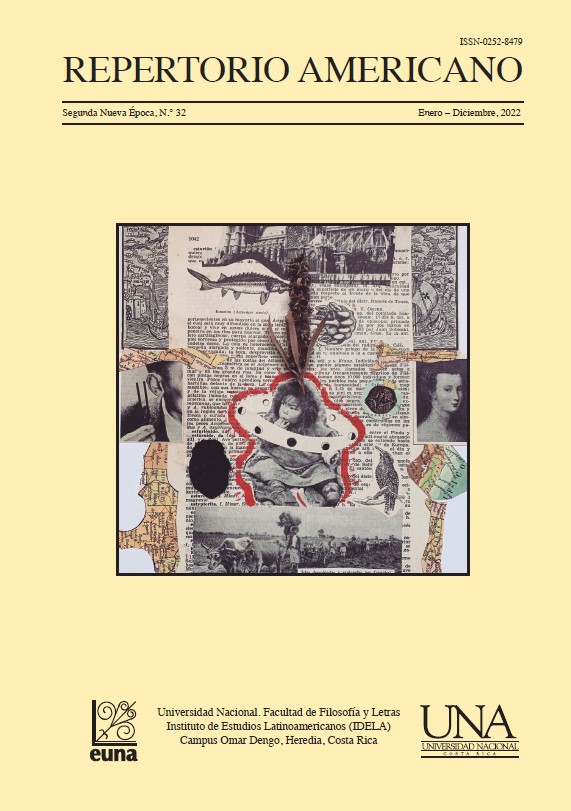A Historiographical Study of Ekphrastic Poetry: A Rendezvous of Minds
DOI:
https://doi.org/10.15359/ra.1-32.7Keywords:
ekphrasis, poetry, rhetoric, enargeia, prosopopoeia, visual artAbstract
The present work aims at exploring the roots of ekphrastic poetry: the convergence of graphic art and its verbal representation. In the light of this tradition, this ambitious historical endeavor prances through centuries, from Homer’s description of the making of the shield of Achilles in the Iliad to modern ekphrastic poetry in order to have a better understanding of this practice, so old yet so unconversant. It will focus on the ekphrastic custom of prosopopoeia as a means of unsilencing the gazee and in which its narrativity will both speak out and pour the poet’s verbality. The ekphrastic poem becomes a junction of painter, poet, reader, and work of art in order to bring the signifier into being in this rendezvous of minds.
References
Alighieri, D. The divine comedy, purgatorio canto X. www.poets.org/poetsorg/poem/purgatorio-canto-x.
Goldhill, S. (2007). What is ekphrasis for? Classical Philology, 102(1), 1–19. www.jstor.org/stable/10.1086/521129.
Heffernan, J. (1991). Ekphrasis and representation. New Literary History, 22(2), 297-316. www-jstor-org.ezproxy.sibdi.ucr.ac.cr/stable/pdf/469040.
Hollander, J. (1995). The gazer’s spirit: poems speaking to silent works of art. London: The University of Chicago Press.
Loizeaux, E. (2008). Twientieth-century poetry and the visual arts. New York: Cambridge University Press.
Ovid, 43 B.C.-17 A.D. or 18 A.D./ (n.d.). Metamorphoses Book VI (B. More, Trans.). New Zealand: Theoi Project. www.theoi.com/Text/OvidMetamorphoses6.html
Rubens, P. (1628-1629) The rape of Europa. Prado National Museum. https://www.museodelprado.es/en/the-collection/art-work/the-rape-of-europe/a136a9c4-3a2f-44bd-ab8a-97fd47c30d7e
Spitzer, L. (1955). The ‘ode on a Grecian urn, or content vs. tetagrammar. Comparative Literature, 7(3), 203–225. www.jstor.org/stable/1768227.
The Conversation Media Group (2016, September). Guide to the classics: Ovid’s Metamorphoses and reading rape. The Conversation. https://theconversation.com/guide-to-the-classics-ovids-metamorphoses-and-reading-rape-65316
Velázquez, D. (circa 1656). The spinners. Prado National Museum. https://www.museodelprado.es/en/the-collection/art-work/the-spinners-or-the-fable-of-arachne/3d8e510d-2acf-4efb-af0c-8ffd665acd8d
Verdonk, P. (2005). Painting, Poetry, Parallelism: Ekphrasis, Stylistics and Cognitive Poetics.
Language and Literature, 14(3), 231-244.
Walker, A. (1993). Enargeia and the Spectator in Greek Historiography. Transactions of the American Philological Association (1974-), 123, 353–377. www.jstor.org/stable/284335.
Webb, R. (2009). Ekphrasis, Imagination and Persuasion in Ancient Rhetorical Theory and Practice. London: Ashgate Publishing Limited.
Published
How to Cite
Issue
Section
License
Las cartas de entendimiento se facilitarán a las personas autoras al momento de aceptación de su trabajo para publicarse.
Todos los contenidos son de libre acceso con sólo citar la fuente.







